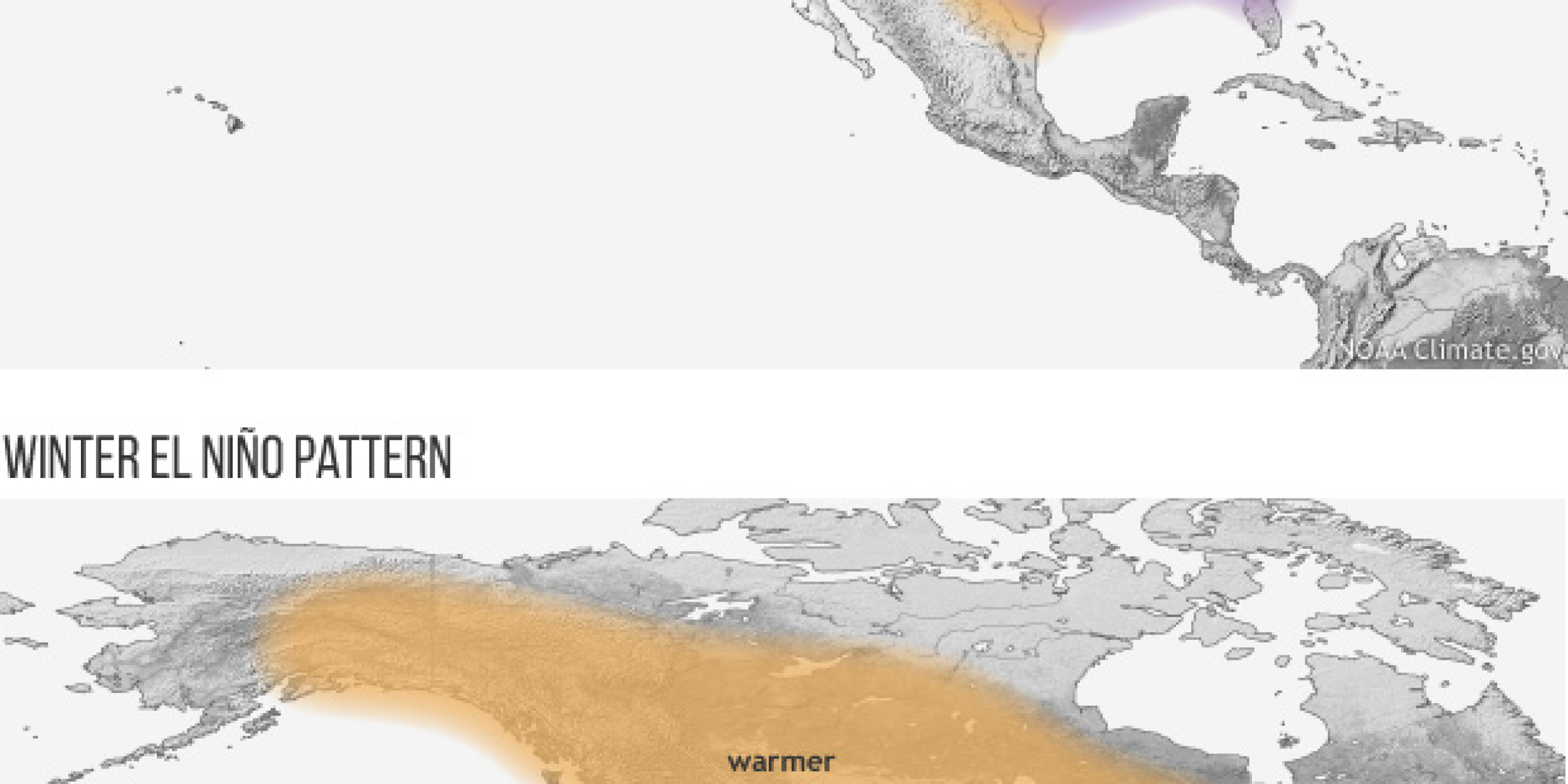El Nino Southern Oscillation (ENSO)-driven variations in sea surface temperatures over the tropical Pacific play a major role in seasonal rainfall changes in the United States and in driving weather and climate around the world. However, little is known about how ENSO will respond to anthropogenic changes in Earth’s climate. Using a new technique to explore two key periods during the last millennium, a recent Climate Observations and Monitoring (COM) Program-funded paper revealed that changes in the climate result in changes in ENSO-related precipitation, with important similarities with predictions of global warming in 2100. The authors assessed 950-1350 AD and 1400-1800 AD using a method called “paleoclimatic data assimilation,” which combines traditional paleoclimate proxy data, such as from tree rings and corals, with the physics and dynamics of modern-day atmosphere/ocean modeling. Results show that the Southwest and Southeast United States will be most impacted by changes in heavy rainfall, which will then result in the Mississippi and Ohio river basins experiencing changes in flooding. This study is one of the first applications of the Last Millennium Reanalysis, which was recently archived at NOAA’s World Data Service for Paleoclimatology this past Fall, and explores variations in ENSO-related impacts over the past millennium. The study is an early step towards enhancing the predictability of changes in precipitation associated with ENSO, which will help in the forecasting of seasonal rainfall changes in the future.




Climate Program Office
Advancing scientific understanding of climate, improving society’s ability to plan and respond






Climate Program Office
Advancing scientific understanding of climate, improving society’s ability to plan and respond
Scroll to Top

